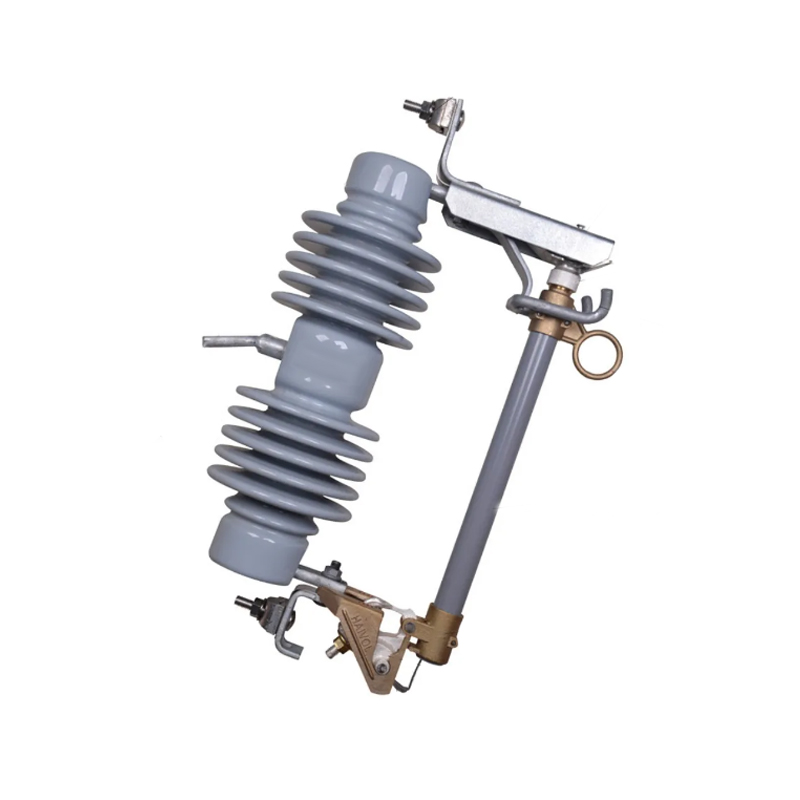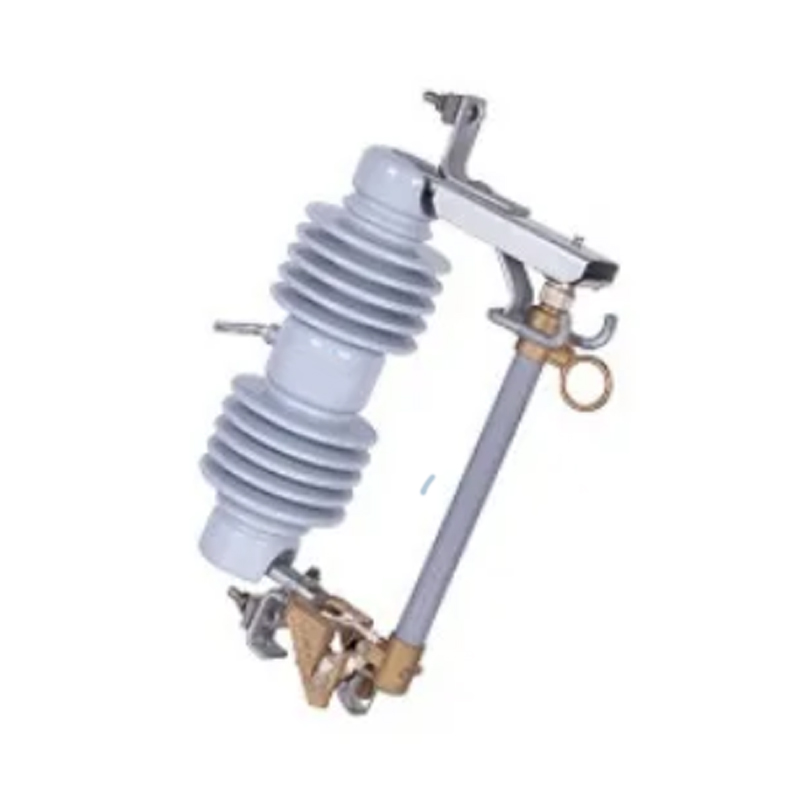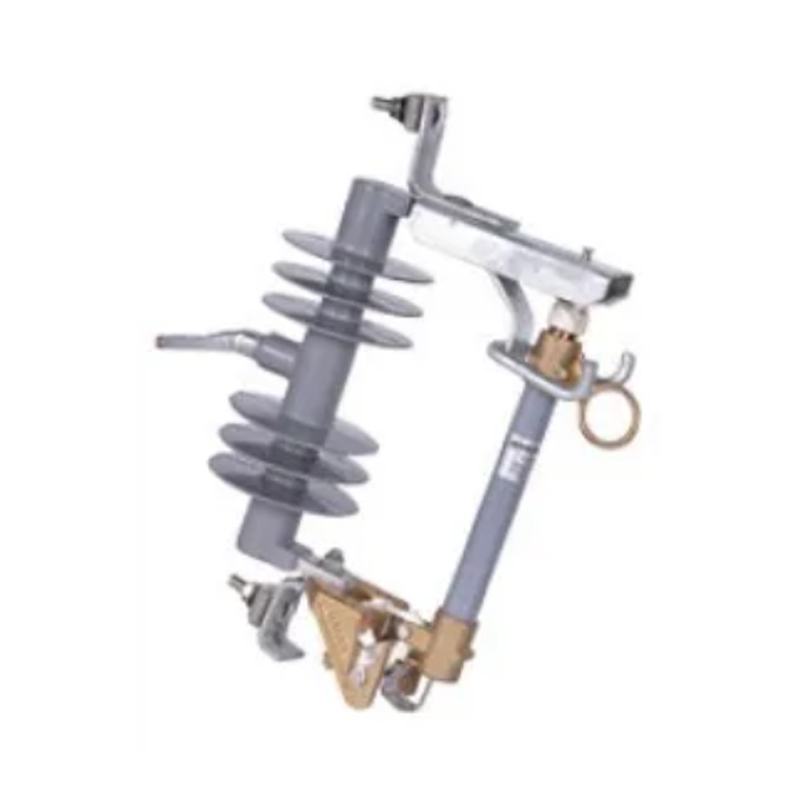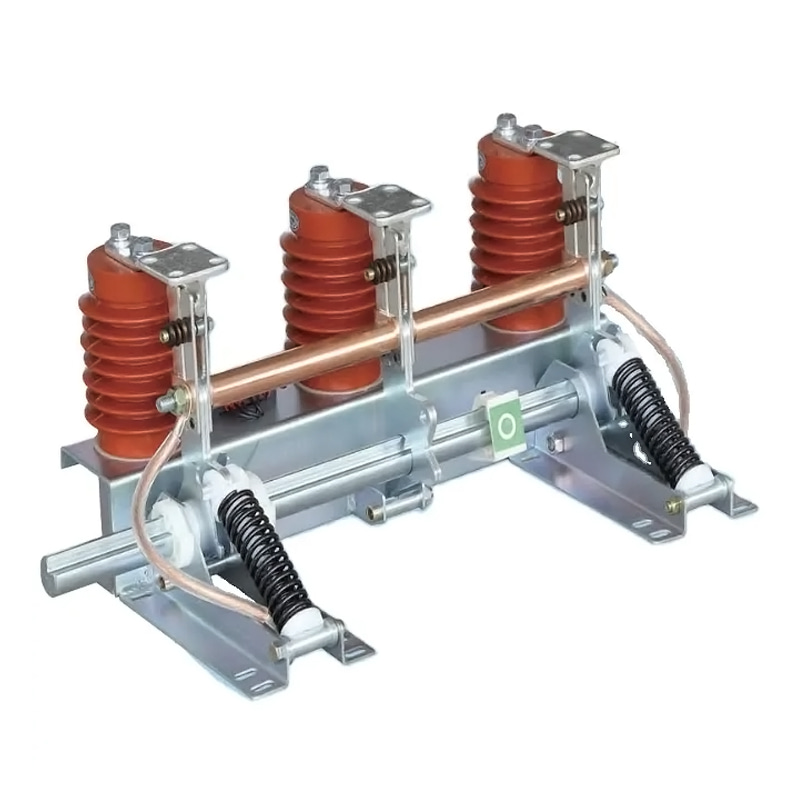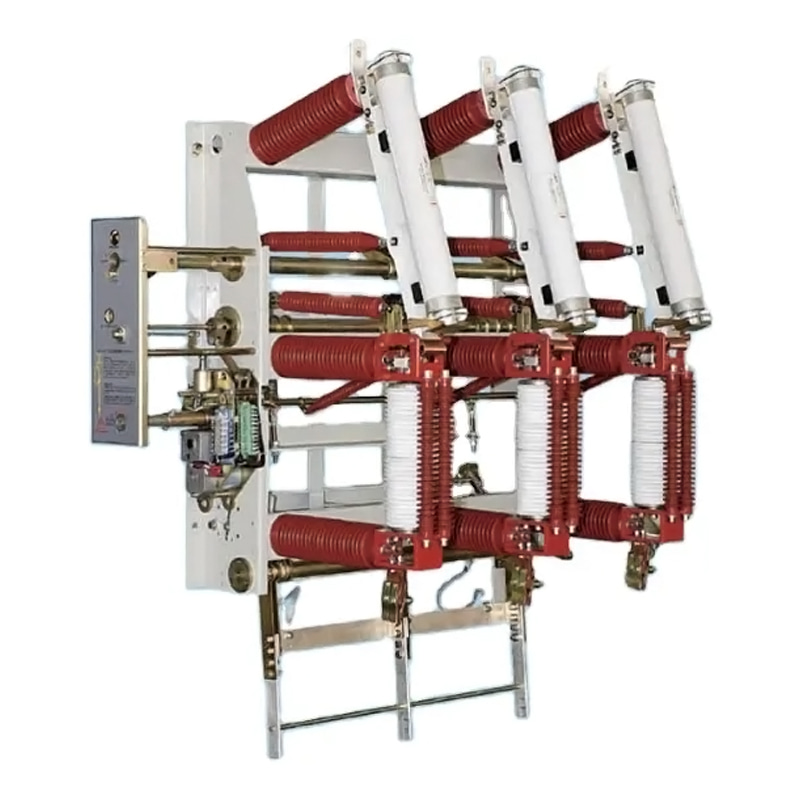The design of electrical protection components such as Surge Arrester Factory and Isolation Switch Manufacturers plays a pivotal role in ensuring the safety and reliability of power systems. Surge arresters protect electrical circuits from overvoltage damage, while isolation switches provide safe disconnection for maintenance and emergencies. The design of both these devices must meet strict standards to function effectively in a range of operational environments.
Key Design Considerations for Surge Arresters
The design of surge arresters is influenced by several critical factors to ensure their effectiveness in protecting electrical systems.
1. Voltage Rating and Clamping Voltage
The voltage rating of a surge arrester refers to the high voltage it can withstand before activating. A well-designed surge arrester must be able to handle transient voltage surges without failing. The clamping voltage is equally important, as it determines the level of overvoltage at which the arrester will divert energy.
Material Selection: Surge arresters are typically made from materials such as metal oxide varistors (MOVs) or silicon carbide, which can absorb excess energy and dissipate it safely.
Energy Absorption Capacity: The surge arrester must be able to absorb and dissipate large amounts of energy without breaking down. Surge arresters are designed to handle varying levels of surge energy depending on their intended application—higher capacity arresters are used in industrial or utility-scale systems, while smaller units may be sufficient for residential applications.
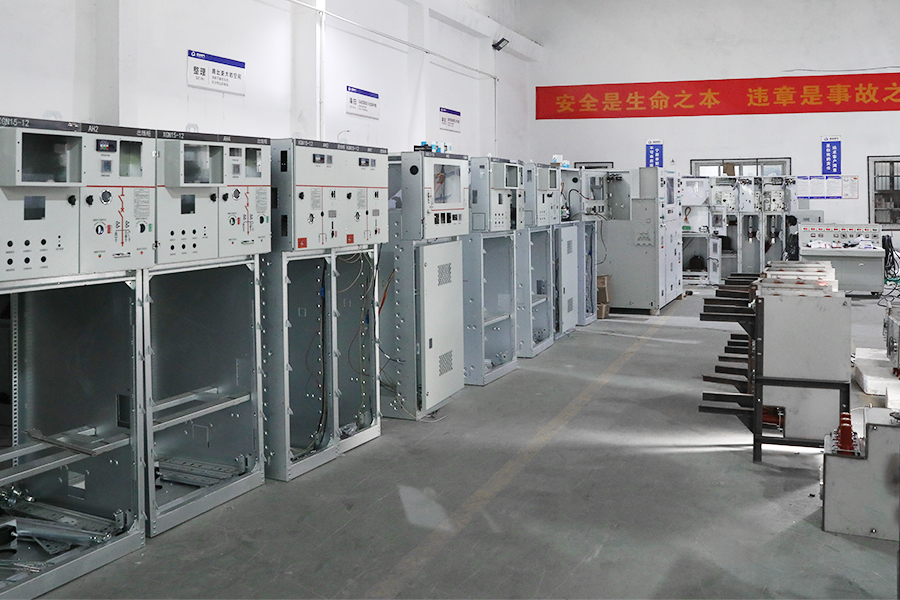
2. Environmental Considerations
Surge arresters are installed in outdoor or industrial environments, where they must withstand harsh conditions such as temperature fluctuations, humidity, dust, and corrosive elements. The design must account for these factors to ensure long-term reliability.
Weatherproofing: For outdoor use, surge arresters must be designed with weatherproof enclosures that protect the internal components from the elements.
Thermal Management: Surge arresters generate heat during operation, especially when diverting large amounts of surge energy. Proper thermal management—such as heat sinks or cooling systems—must be incorporated into the design to prevent overheating and ensure the device remains operational.
Key Design Considerations for Isolation Switches
Isolation switches also have several key design considerations that ensure they provide safe and reliable operation in various electrical systems.
1. Current Rating and Breaking Capacity
Isolation switches must be able to handle the large current that the system is designed to carry without causing failure. Additionally, their breaking capacity—the ability to safely interrupt the current flow—is a crucial factor in their design.
Current Rating: The switch must be rated to handle the normal operating current of the circuit, ensuring it does not overheat or fail during operation.
Breaking Capacity: When disconnecting a live circuit, the isolation switch must be able to break the current safely without causing an arc or damage. The design must ensure that the switch can handle short-circuit conditions without causing hazardous situations.
2. Safety Features
Safety is the paramount concern when designing isolation switches. These switches must be easy to operate and maintain, providing clear visual indication of the circuit’s status.
Visible Isolation: Many modern isolation switches are designed to provide a visible gap when open, allowing workers to see that the circuit is indeed isolated from the power supply.
Lockout/Tagout Mechanism: To prevent accidental re-energizing of the circuit, isolation switches are often equipped with lockout/tagout mechanisms. This feature allows maintenance workers to secure the switch in the “off” position, providing additional safety.



 English
English русский
русский عربى
عربى